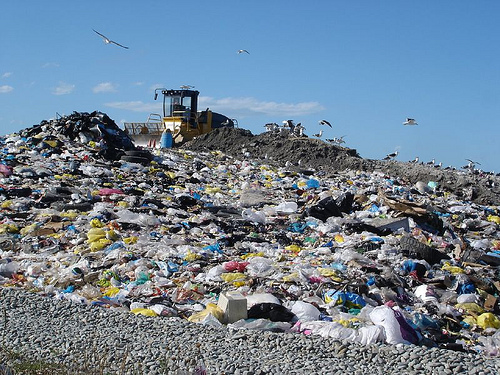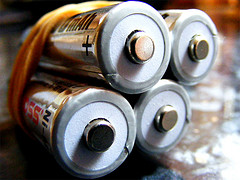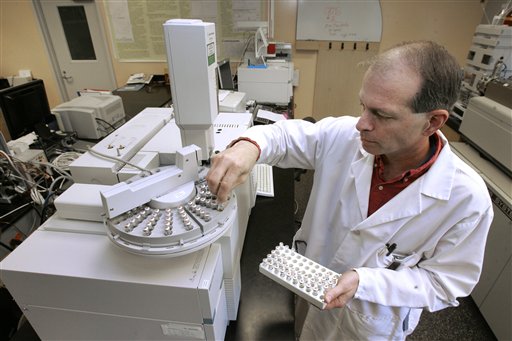A Bleak Outlook for Biofuel
The downturn in the national economy has hit just about every major industry. And now it seems that ethanol is no exception. Yesterday, Archer Daniels Midland Co., or ADM, a major U.S. producer of ethanol, stated that ethanol production in the U.S. has dropped 21% since last year. Falling oil prices, a decrease in overall demand, and low profit margins are to blame.
A Bleak Outlook for Biofuel Read More 👉









